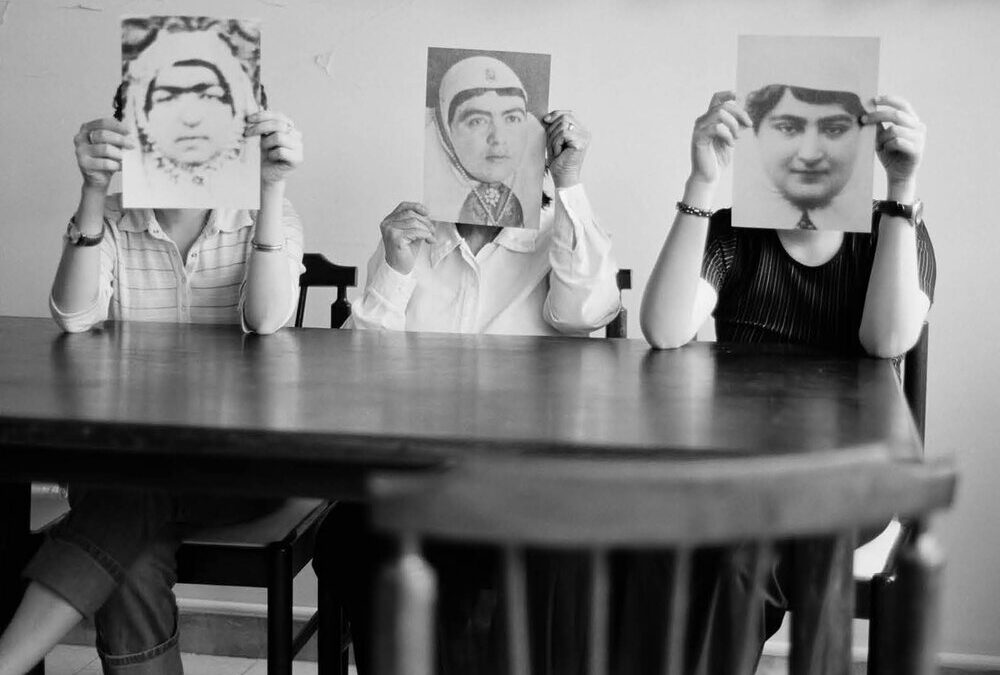When you think about the word identity, what is the first thing that comes to your mind? Is it your individuality? Your unique looks? Or is it the way others perceive you?
Identification can mean multiple things, with each one playing a different role for you. However, unlike most identities where you have more control over changing them to your liking, cultural identity is assigned to you at birth, and you have to live according to the social norms of your society whether you like it or not.
Cultural identity is a part of your identity or a self-perception that is related to your ethnicity, nationality, religion, etc. The social norms that come with culture tend to bound people in ways that remain instilled in our lives forever. For many people, having a cultural identity can be amazing – it gives them a sense of belonging or being a part of something bigger. After all, no one wants to be an outcast in any situation. But that would make one wonder – does everyone appreciate the identity assigned to them according to their cultural norms?
Unfortunately, the answer is no. Not everyone enjoys the perks of their cultural identity, especially women. For example, let us consider Iran, where a large population follows the rules of Islam. However, despite the laws that have been placed down for women, they do not reflect their cultural values, beliefs, and norms. The laws and regulations that have been set up have been forcing women to indulge in beliefs and rules that they have no power to go against.
And what is even worse is that this injustice is being left unheard by the people outside of Iran’s walls. Even now, if you were to ask someone about the state of women living there, most of the answers will consist of information that is not even remotely close to the situation in reality. Drastic and real measures need to be taken to help these Iranian women share their stories to the world.
Fortunately, steps have been taken to bring light to the situation of Iranian women. Artist Amak Mahmoodian has been relentlessly working for years, digging deep into the history of Iranian women and the culture that binds them to how they are treated in their society.
Her first photobook is called “Shenasnameh ” which is actually the name of the official Iranian birth certificate, which for Iranians also serves as their identification certificate. This official document contains details about an individual’s personal information and their photograph attached to it. The photos tend to be renewed after every 15 years, but everything else in the Shenasnameh remains valid throughout their life. However, for women, photographs can become a personally charged affair because should the authorities responsible for making these documents feel that a woman’s appearance is not ‘correct’, their documents will not be accepted.
For years now, Mahmoodian has been collecting the fingerprints and images of all the women with a Shenasnameh. She began to notice how different and unique every woman was from one another; their fingerprints with unique surfaces and textures held a personal story of their own. Hence, she collected all of these pictures and fingerprints and compiled them together in her picturebook, “Shenasnameh” – bringing Iranian women closer to a world where their side of the story can be shared with the rest of the world.


